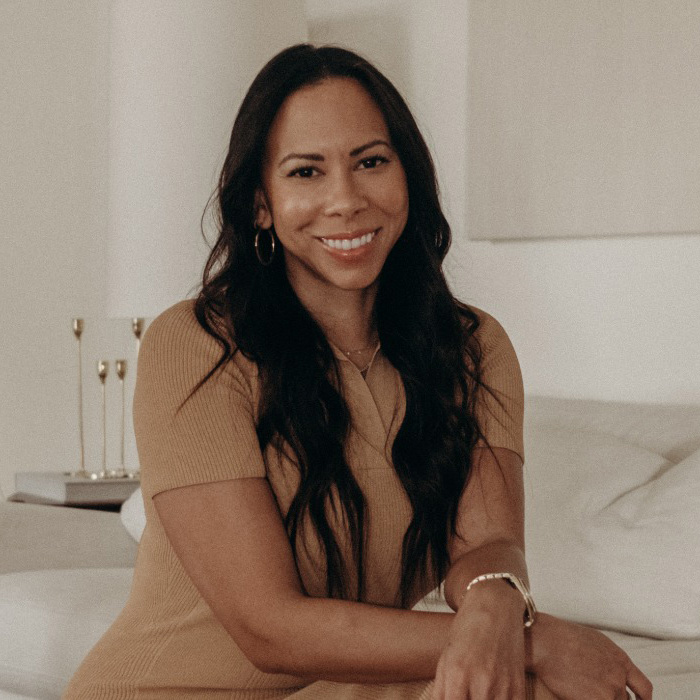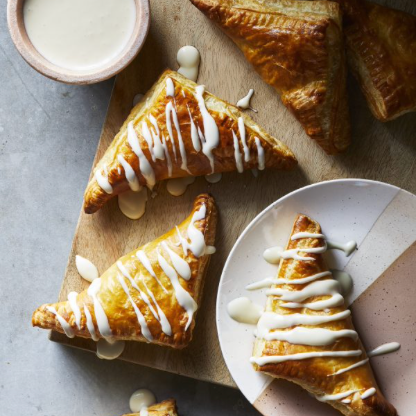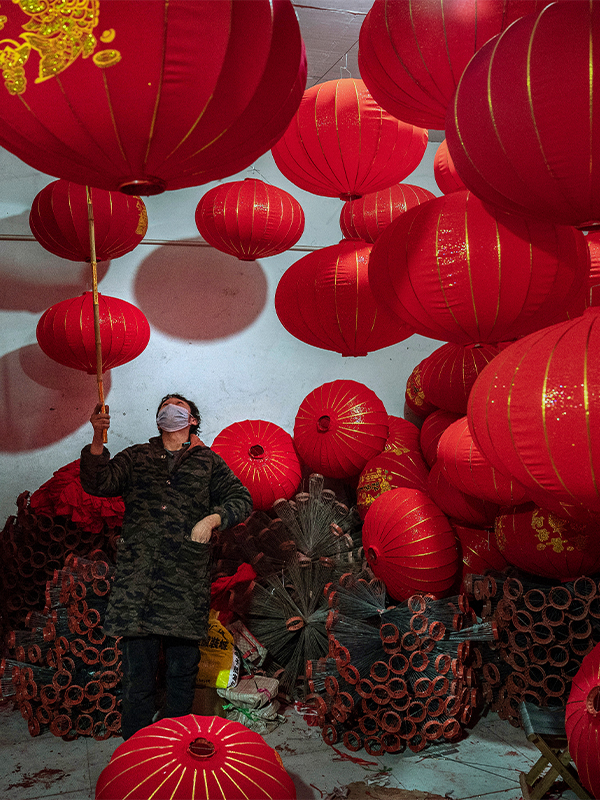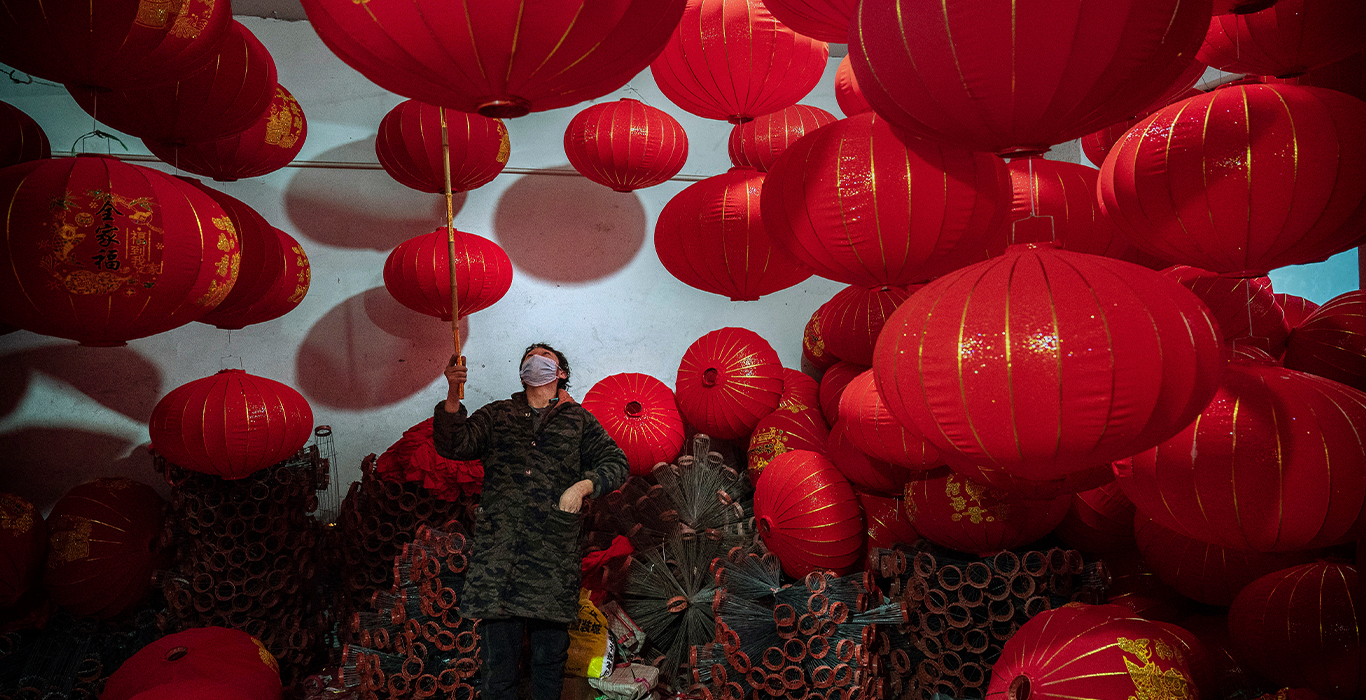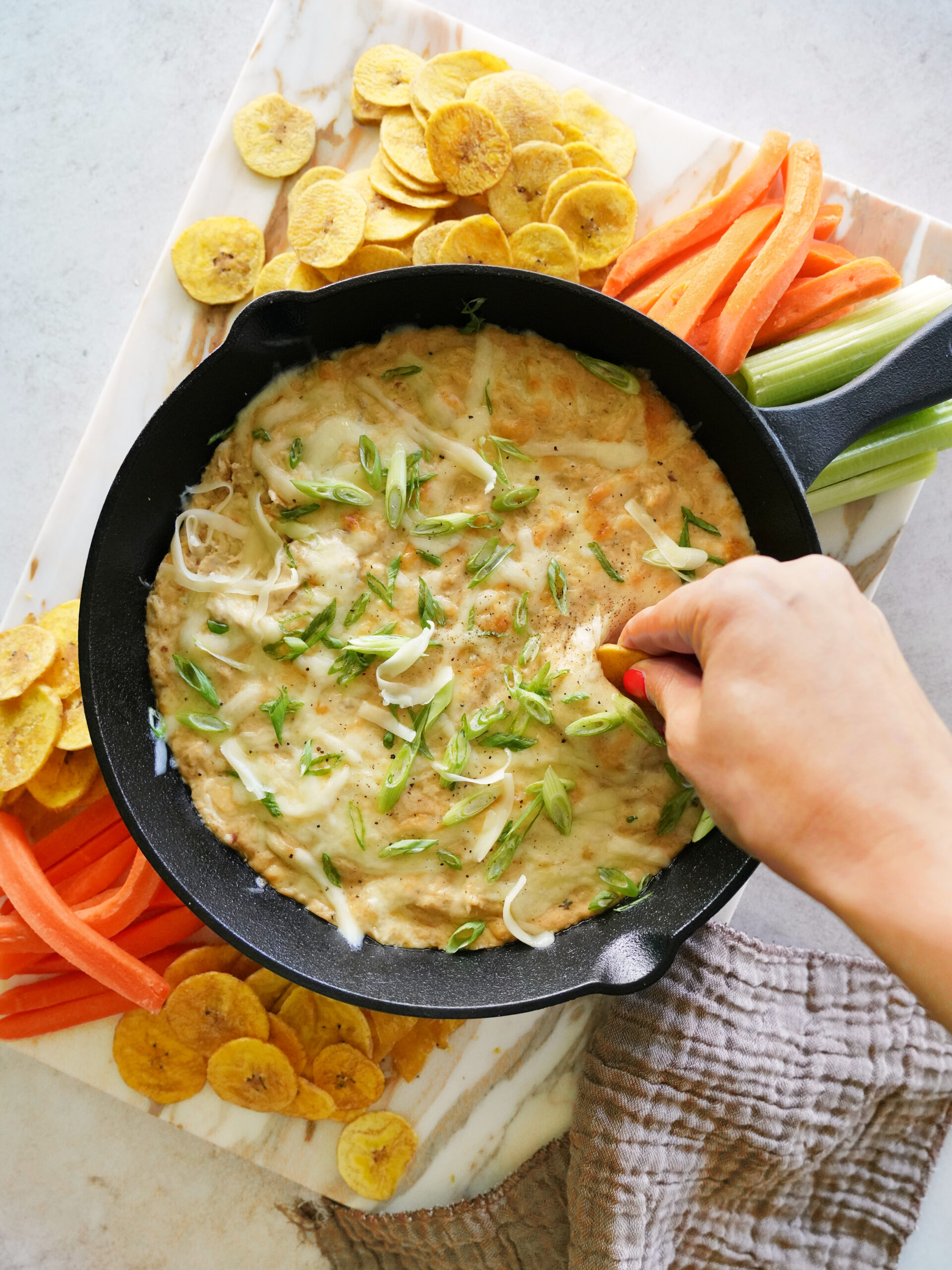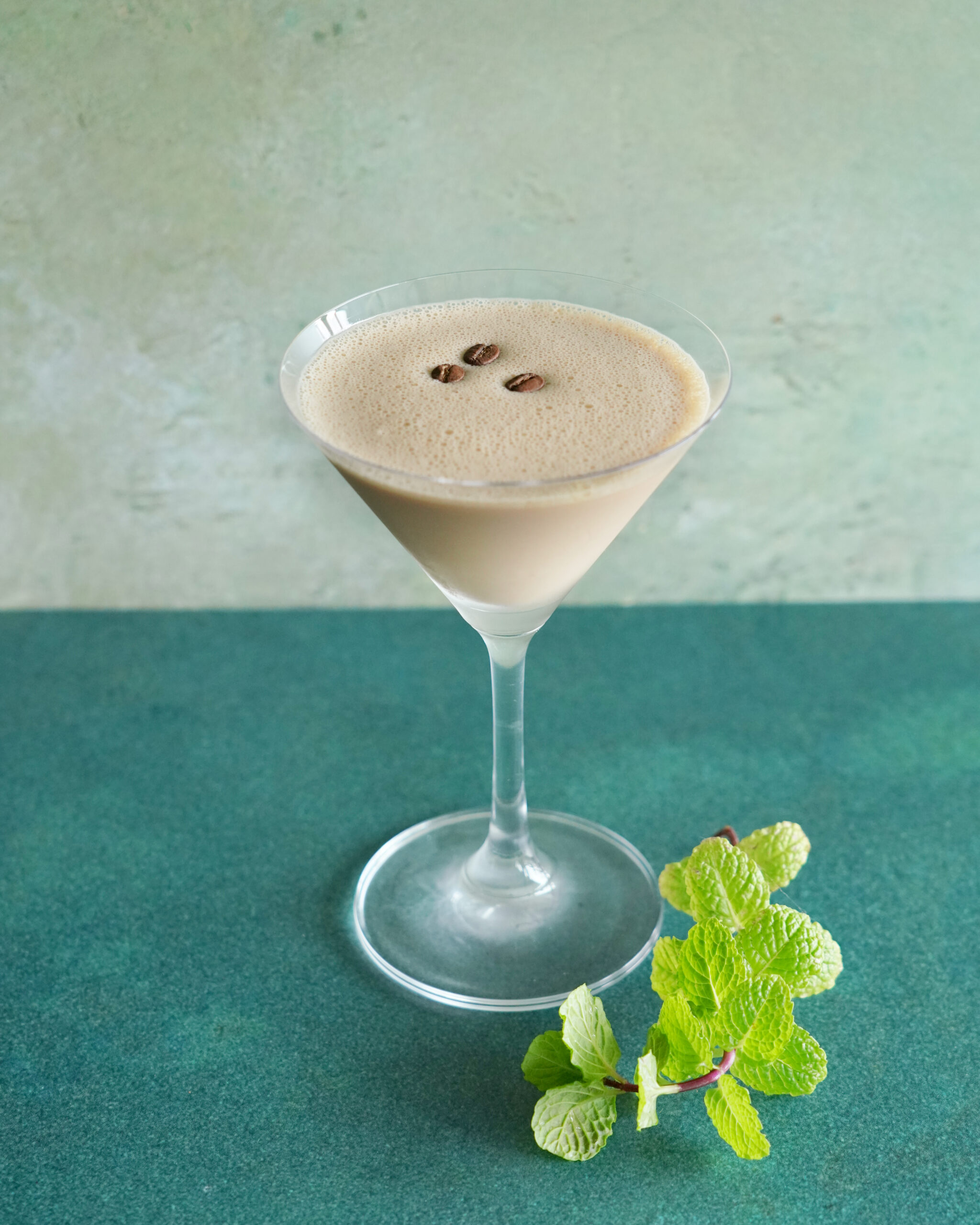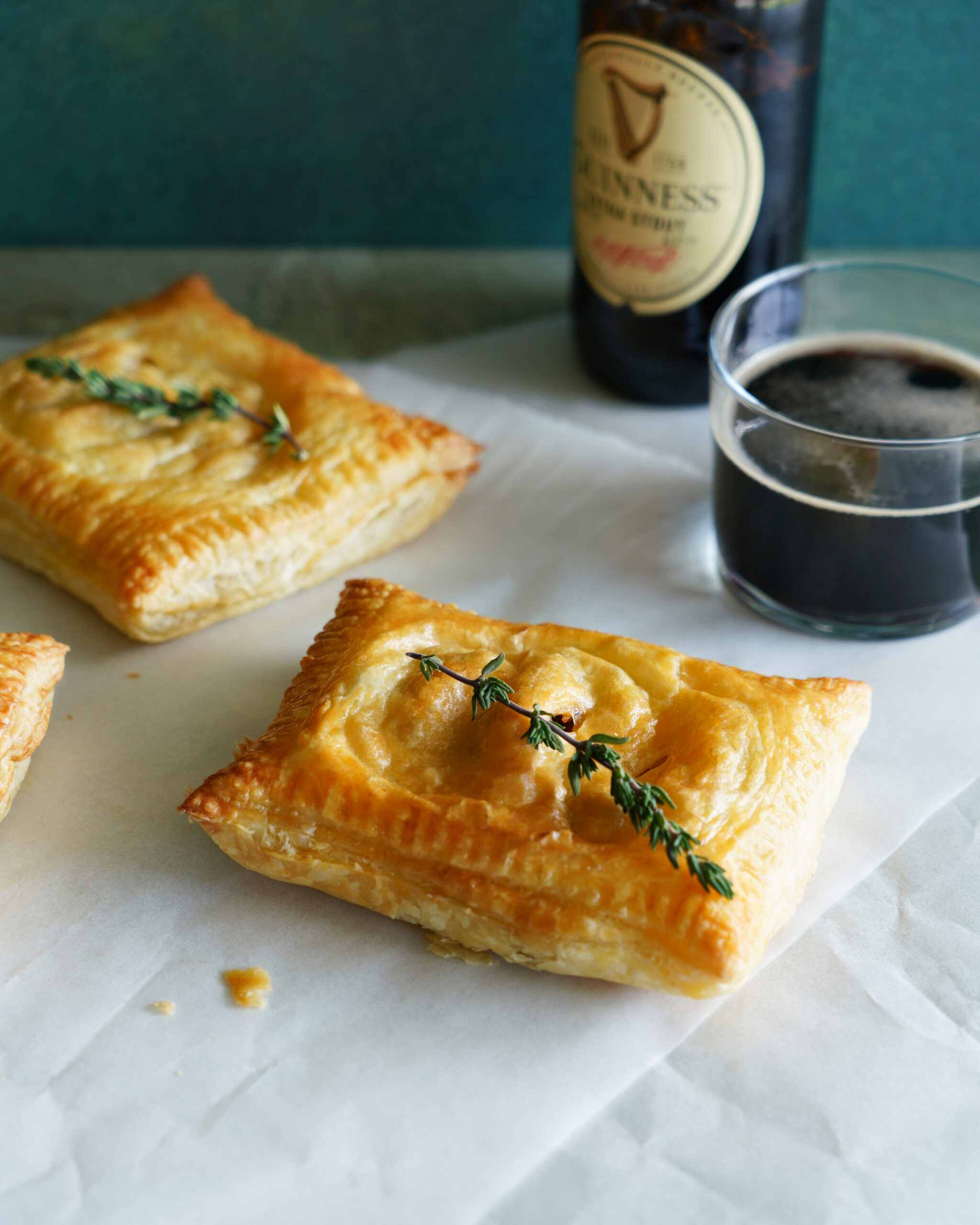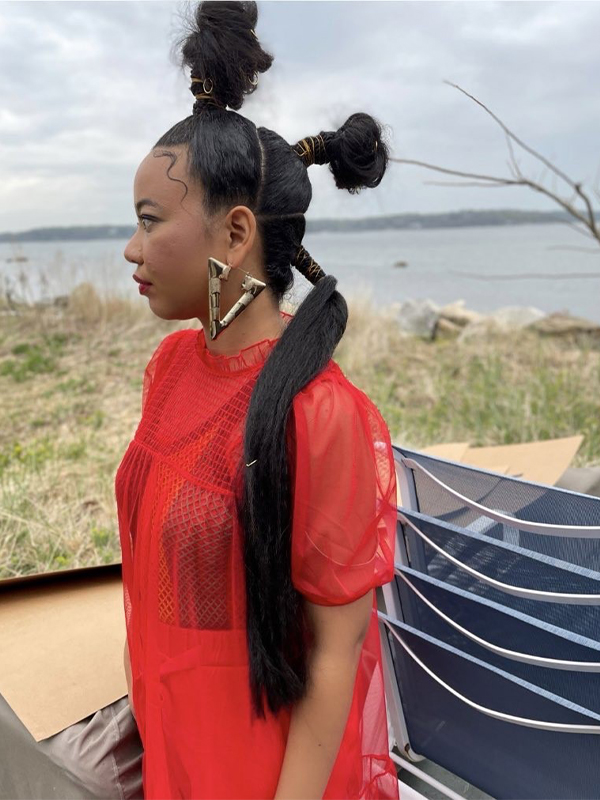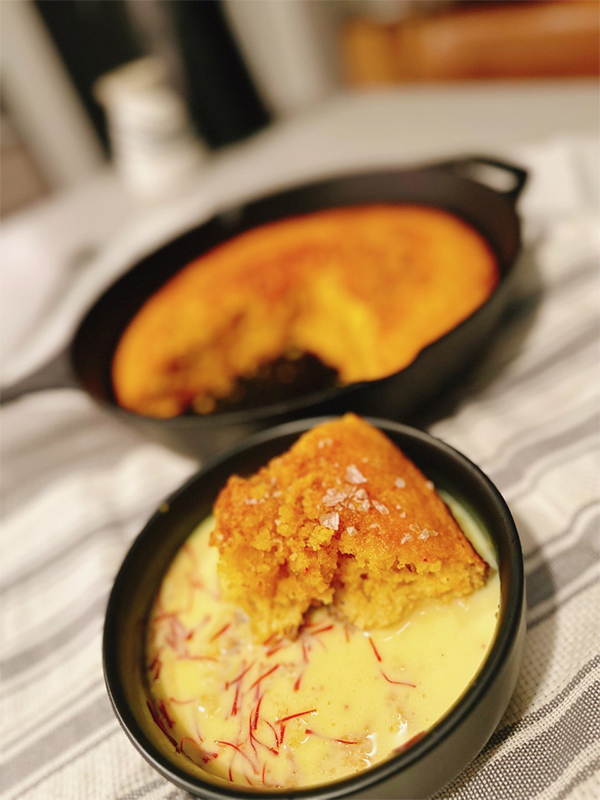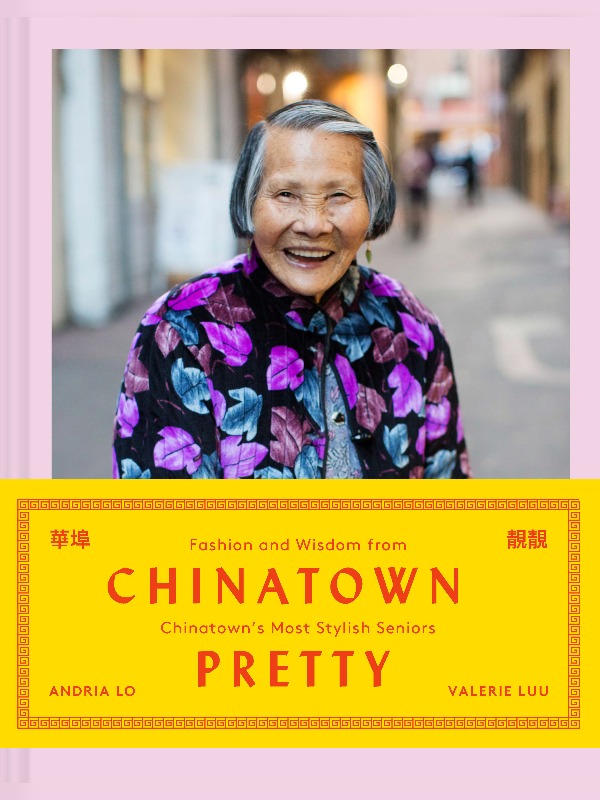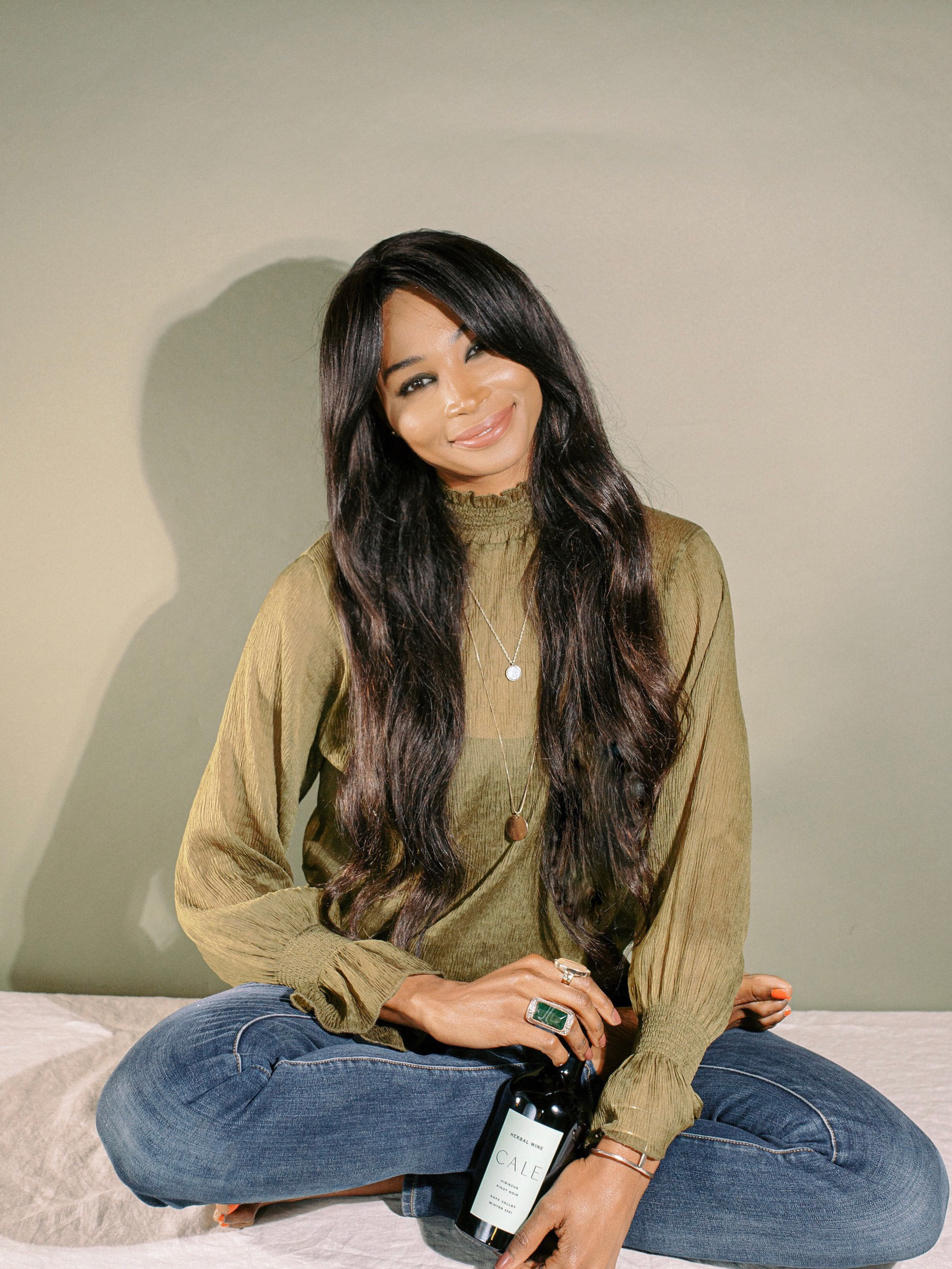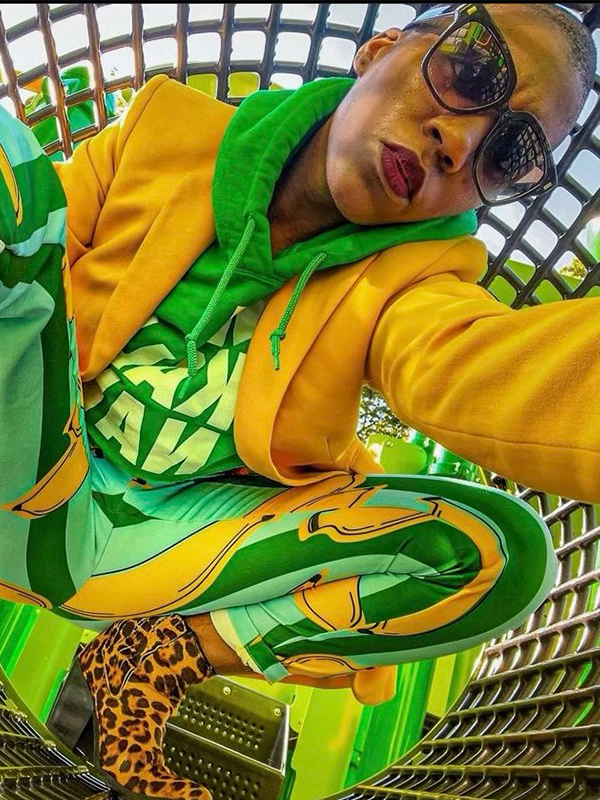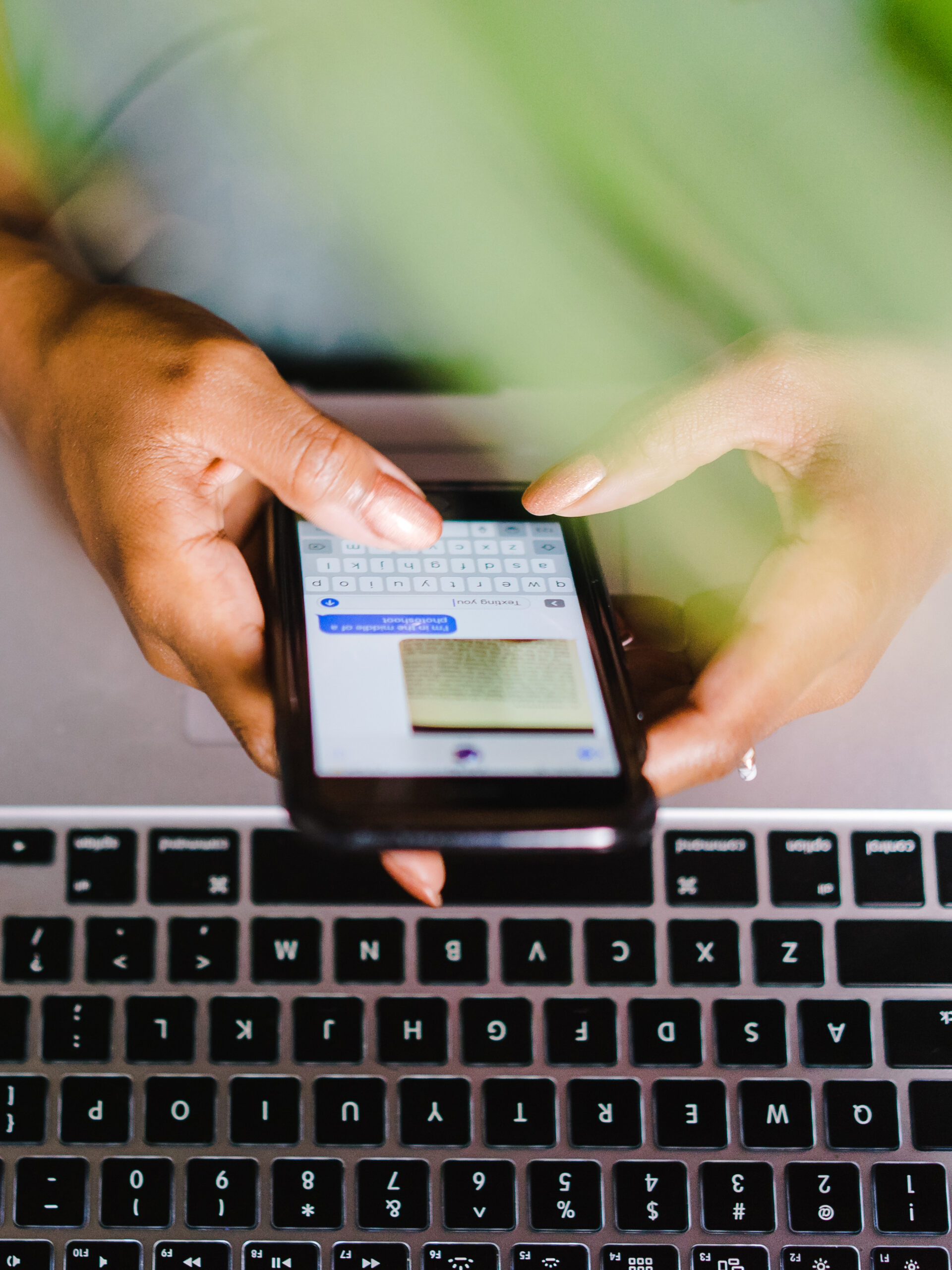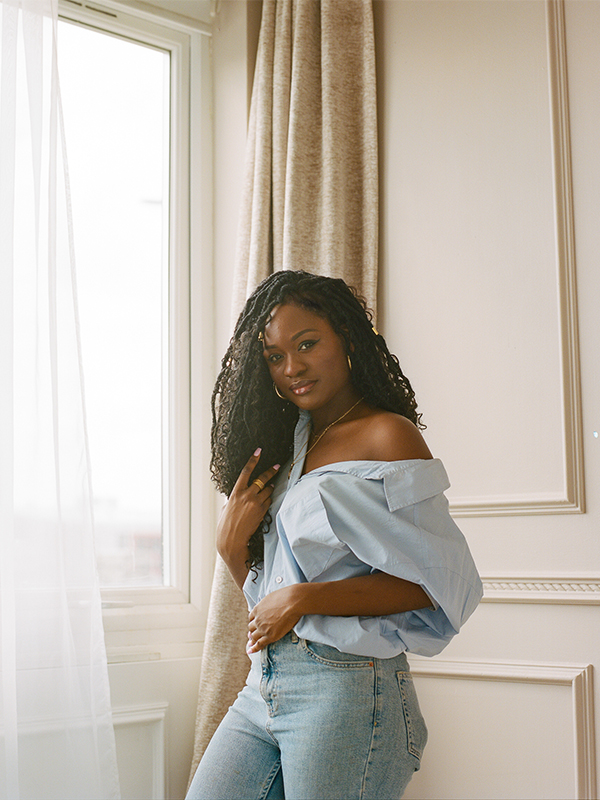Zora Neale Hurston wrote of years that answer questions and years that ask questions.
The 22nd of January 2023 marks the beginning of the Lunar New Year 4721, the year of the Water Rabbit (兔年)—a year certain to answer questions for many. What, for instance, has been the impact of funding budgeted to undo the harmful impacts of structural racism since the murders of Breonna Taylor and George Floyd in 2020? Black pain and Asian pain have converged on a timeline in the United States that saw the global movement for Black lives in 2020. The next year saw campaigns to stop anti-Asian violence after the Atlanta shootings in 2021 that took the lives of six Asian and Asian American women working in a spa. The anti-Asian fiction and harmful rhetoric of Covid-19 as a “Chinese virus” has not disappeared. It also bears emphasizing these two groups—Asian Americans and African Americans—are often pitted against one another. What does the Year of the Rabbit hold for these ongoing and intersecting political realities?
While rabbits are lucky in many cultures, this year, we can expect peace, renewed hope, longevity and fortune according to Chinese zodiac predictions. Lunar New Year culminates on February 5 with the Lantern Festival, so as it happens each year, it is an auspicious time where Asian celebrations intersect with the calendar of Black life (Martin Luther King Jr. Day and Black History Month). It is a time of the year to highlight and honor inclusion and the gains of the Civil Rights Era. It is also a time for the inclusive recognition of multiple Asian identities. The rising popularity and usage of “Lunar New Year” in the United States as opposed to “Chinese New Year” signals how a multitude of East Asian, South Asian, and Southeast Asian cultures live life ordered by the moon. Diasporas of these communities celebrate the Lunar New Year inflected in different ways by Black and Indigenous local cultures across the Caribbean, Central, and South America, too. In addition, many calendar days for Black and Asian people overlap and are cause for reflection, renewal, cleaning, clearing old debts and, most importantly, feasting together.
Here’s how the Year of the Rabbit is a special time to shine a light on these important intersections.
Time & Calendars
Asian, African and Indigenous calendars are likely to intersect based on the orientation of the earth and shared struggles under colonial oppression. As our constellations light up across the night sky, we should remember that the same stars are known by different names. The Maya solar calendars might just intersect with Hindu astrology (Jyotishya) and Yorùbá conceptions of time, which also happen to be based on the moon. Looking at multiple timescales from across the world reminds us there are so many days to celebrate. And so many philosophies of time to learn from.
The sixty-year zodiac intervals of the Water Rabbit (1903, 1963, 2023, 2083) show us how time is not a straight line, but rather, for many cultures, time is experienced as a loop or a spiral. It might even more accurately be a knot to some, enfolding upon itself a tangle of intersecting mutual points and dates.
Organizations such as Love Intersections in Vancouver—a media arts collective made up of queer artists of color working to address systemic racism— importantly center this convergence. Among their many projects, founders David Ng and Jen Sungshine have been publishing a calendar in collaboration with other community organizations to highlight the “lesser-known local histories, cultural identities, and issues affecting the future of Vancouver’s Chinatown.” The theme of the calendar is Chinatown Futures, and it invites people to think of the idea of Chinatown in a broad and intersectional way that resonates with them.
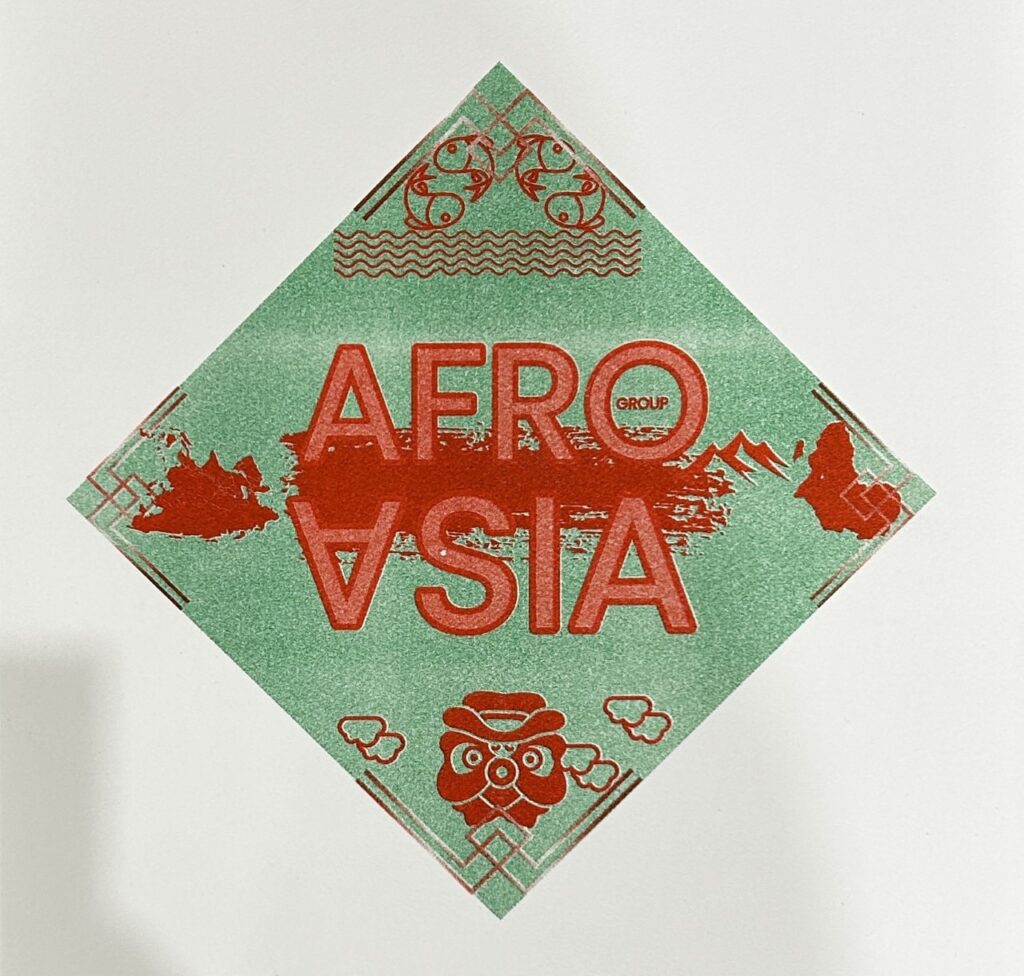
An organization I founded in 2019, Afro-Asia Group, is printing our own calendar to celebrate the birthdates of figures of the Afro-Asian revolutionary struggle. May 19 is Malcolm X and Yuri Kochiyama Day as we celebrate the coinciding birthdates of the two revolutionary figures who were dear friends. It was in the arms of Japanese American activist Kochiyama that the Black Power movement revolutionary died. She was able to hold his head and support him as he tragically took his last breaths in 1965. We also celebrate the wedding day of Grace Lee Boggs and James Boggs, a Chinese American-African American activist couple who were married for 40 years and supported one another in the internationalist labor movements. Other Afro-Asian pairings we celebrate include Hô Chi Minh and Lamine Senghor, who both spent time in 1920s Paris, Black and Southeast Asian French colonial subjects in solidarity. Also in Paris, we celebrate the friendship of Afro-Chinese Cuban artist Wifredo Lam and Black Martinincan poet Aimé Cesaire, who created art together and were critical to the Négritude arts movement. On February 21, we honor the birthday of Claudia Jones, Black feminist Marxist editor of the Afro-Asian Caribbean News. She not only founded this newspaper in 1959 and seeded many political movements in Europe for people of color, but also the Notting Hill Carnival in London. These dates align such that our calendar marks numerous days beyond the designated Black History Month and Asian Pacific American Heritage month to celebrate the combined struggle of African and Asian people.
Feasts + Food
If we are lucky enough to be able to give ourselves the time to slow down and take moments for meal prep and communal eating, we should. A friend named Kandis shared with me that in the build-up to Lunar New Year, some in China celebrate Little New Year, a festival honoring the Kitchen God who oversees the moral character and order of the household. A paper image of the Kitchen God is burned as part of a ceremony. Food offerings include melons, boiled dumplings and a pig’s head. Special sweets are prepared and eaten; it is said with a mouth full of candy, you don’t have space to bad-mouth others. It is auspicious to have representation of the elements—the sea (seafood), the sky (fowl), the earth (meat and vegetables)—for balance.
Breaking bread together is the first step towards building meaningful coalition. Aerica Shimizu Banks’ The Color Curtain Project, Ghetto Gastro’s Black Power Kitchen, Toronto-based Chef Craig Wong Patois, LA-based Chef Nyesha Arrington, Kelis’ Bounty and Full each identify Afro-Asian culinary linkages and politics in the recipes they highlight. They understand the shared appetites for the same dishes and ingredients by Black and Asian people: rice, roti, curry goat, Chinese oxtail, okra or bhindi, Chinese candied sweet potatoes (ba si di gua), gungo peas (pigeon peas, glandules) or toor dal. In our teas and tinctures, herbal remedies, libations, and spirits such as Hennessy, there is shared ritual meaning.
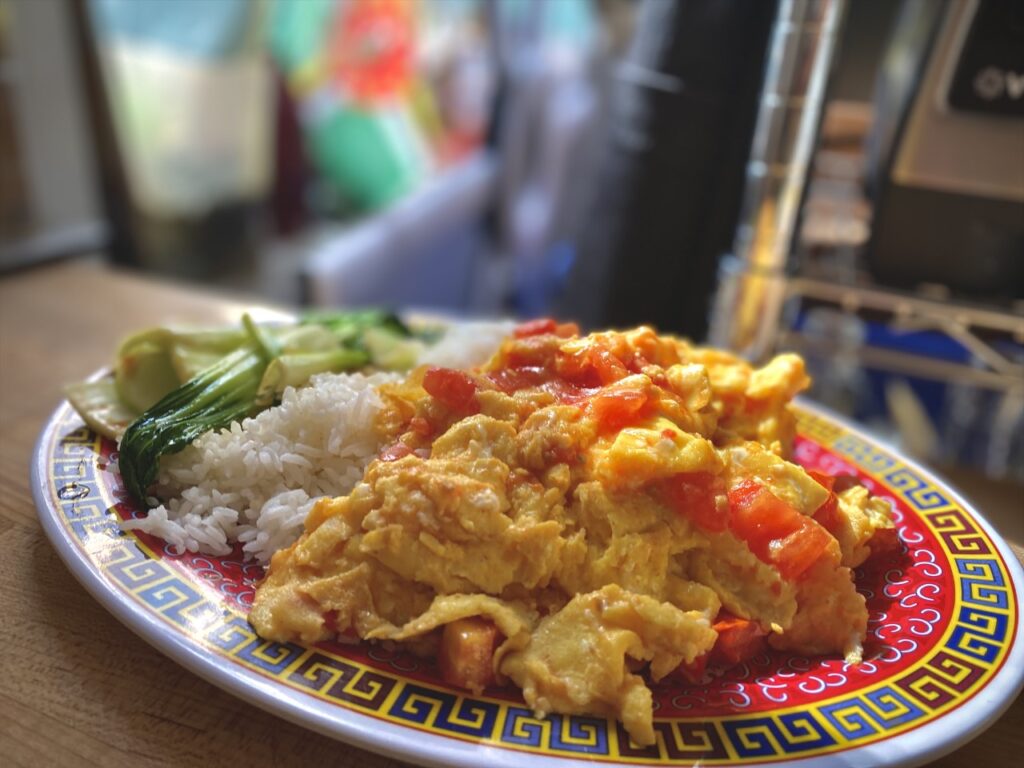
Personally, for my community in Kingston, Jamaica, where my mother was born, Lunar New Year is the time for garden parties, the lion dance, and eating traditional Hakka dishes such as fresh boiled chicken and whole fish sautéed with ginger and scallions. Hong baos (fung bow) or red envelopes filled with gifts of cash for children are distributed by elders. In Jamaican Chinese culture, Lunar New Year is a time for family and firecrackers to scare away demons. It is a time for lighted candles and incense to honor the ghosts of ancestors. People, some of whom are people of shared African and Asian heritage, eat fried rice alongside rice and peas.
New Rituals
Lunar New Year is a great time to develop a cycle that feels more attuned to you. Even if you happen to miss the beginning of Lunar New Year, on January 22, there is a whole season of days until February 5 to slow down, gaze at the moon, nourish, renew, repeat. Whether it is supporting your local Asian-run takeout spot or visiting a Cantonese-style banquet hall, a Viet-Cajun crab boil, or planning a dinner party for loved ones with Korean-Argentinian food, start new traditions. Choose your own calendar by following your own research rabbit holes—looking for Afro-Asian intersections of coalition and resistance. Ponder on what moonlight will illuminate for you in this New Year of the Water Rabbit.



